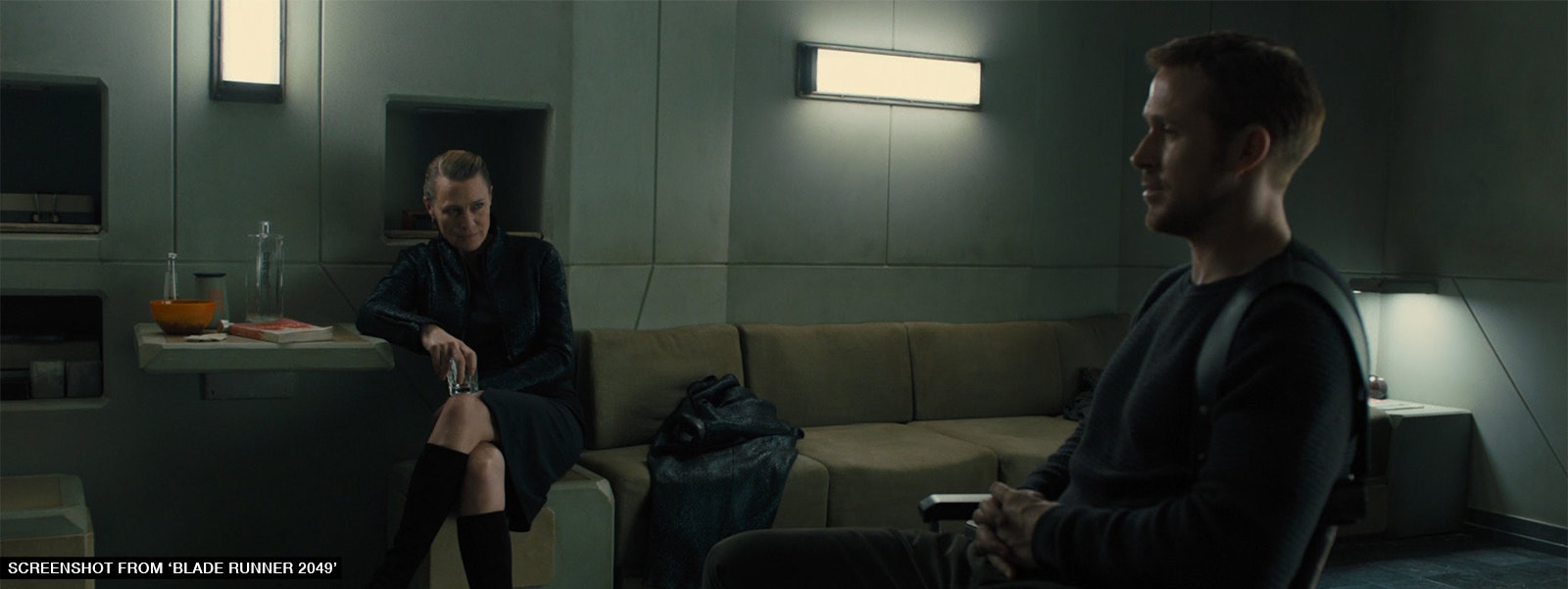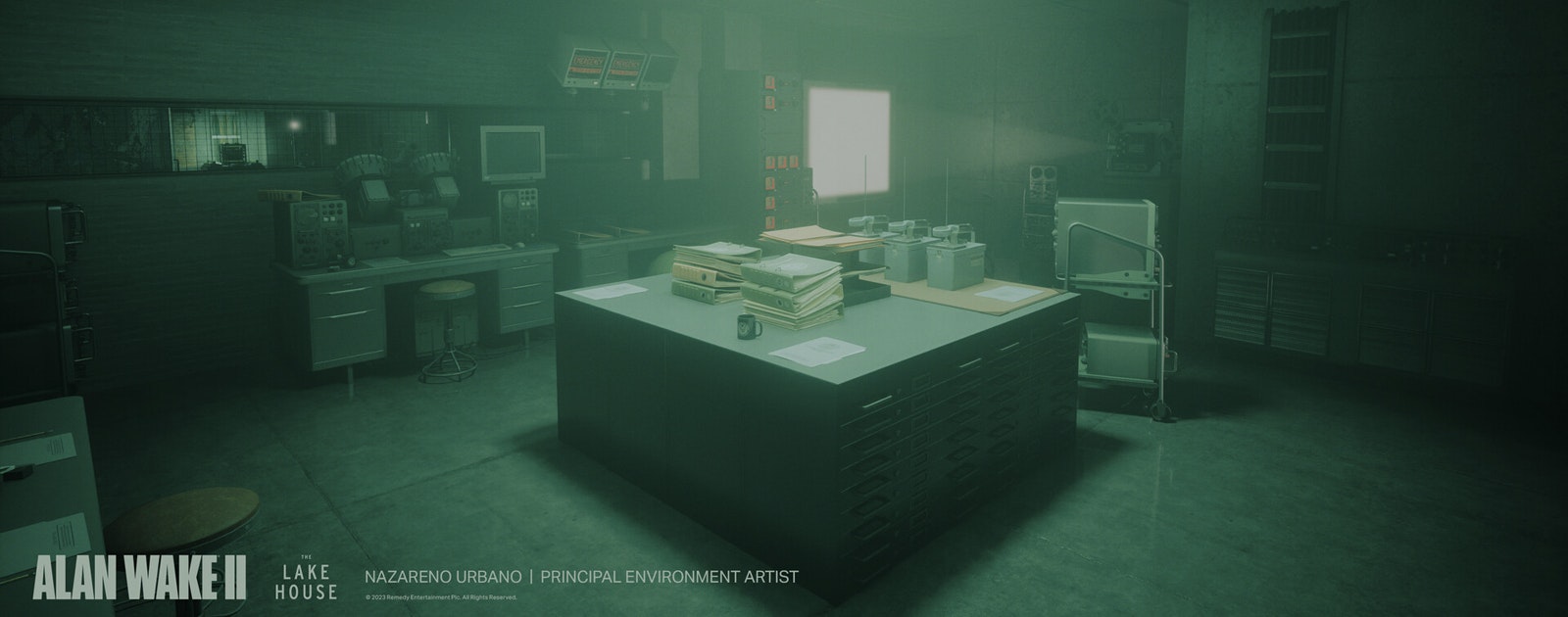Let's Talk About The Backstory I.


Storytelling lies at the heart of everything.
Whether it's a movie, a video game or a book, the backstory is the foundation and carrier of the story of the IP. It contains the remains of its untold past: the beliefs, ideologies, personalities of the characters who lived in it, and past events that happened to them and shaped them. It makes a place feel lived-in, believable, and emotionally charged.
Why Backstory Matters
When you start with exploring the backstory of your IP - and not just with the pretty visuals right away - then you’re not just designing a single good-looking environment or concept art. You’re laying the foundation for a world that can scale into a film, a series, a game, a graphic novel.
By discovering the backstory, you give the environment design its own personality, character, and believability. And if you treat it like a character with its own past, flaws, losses, and dreams, it starts to tell its own story.
When we, as artists, take the time to imagine what happened in a place before we “got there”, we’re not just creating environments.
We’re creating stories that want to be told.
Layered Storytelling
The backstory adds layers to the story: characterization, theme, foreshadowing, and more. People love puzzles, questions, layers. We are naturally drawn to complex stories and each unique layer makes the story stronger and therefore more real.
The narrative-first method supports IP development the best (I'll talk about more about this in future posts). It combines the visual language of the environment with the elements of storytelling. The deeper and richer the backstory, the more "talkative" the environment will become. When even the smallest detail of the environment serves the story, you begin to build a world that is much larger and more expansive than the scene in front of you, and the environment you design is not just a random backdrop, but will become part of the narrative.
This is exactly the kind of layered storytelling that create such an IP that affects our emotions the most.

Key
Influences
There are several key influences that shape the look of any environment.
They are the soft and quiet breezes that modify, adjust and shape the look of the environment you design and giving it history, emotion, and credibility.
Let’s
go through them.
1. Purpose And Function (Past And Present)

In world-building, buildings are not just props, but narrative nodes that not only tell their own story, but also refer to the setting, timeline and genre of the story. Their current condition should contain clues and hints to the social fabric of your world and its past conflicts. Buildings and streets shaped by their own history have more weight and character - their textures, damage, additions and destruction are references to past events and all the emotional imprints that people have left on them.
- What was the original world-building function of this building within your IP?
- Has its role shifted across time? Does that transition reflect the rise or fall of an empire, a collapse of values, or a shift in technology or belief?
- What events shaped it?
- What visible elements preserve these changes? Can they echo important beats of your IP’s lore or timeline?
- How does it visually connect to other locations in your IP’s world (through shared materials, symbols, architecture, or decay)?
In a strong IP, every major environment design serves a purpose beyond the image. It sets up the tone of the story, and it also acts as a landmark.
2.
Occupants And Visitors

Have you ever wondered why Agent K's apartment was so featureless, almost sterile, lacking any human characteristics? Well... You'll get an answer to that at the end of the film.
Characters and world design are inseparable in a good IP because, well, every story is character-driven.
You need to lay the groundwork for your characters' background early on. You are designing a character-driven world.
Because even if the characters aren't visible in your environment, their impact should be.
When you have defined who used a particular location within the narrative arc of the IP, you are no longer just designing a set.
You are incorporating the characters' arc into the architecture.
- What is the emotional tone of this place, and whose story is it telling in your IP?
- Were its users part of a major faction or class system in your world? What is the IP-level context for their relationships or routines?
- How did their lifestyle affect the wear and tear and use of the space - and how can that be used later as story clues or gameplay mechanics?
- How did their personalities and social dynamics affect their environment? Is there a recurring behavior in your IP that this location shows evidence of?
Great IP's environments are like archaeological records. This is a form of passive storytelling that we all love - discovering the small details that reward exploration.
3. Technology Level

In Alan Wake II, the retro monitors, old wiring and outdated computers immediately suggest a place stuck in time.
When I say technology, I don't necessarily mean machines or gadgets, but rather a mirror or reflection of the IP world's culture, values and development.
By deciding what kind of technology will thrive (or fail) in your IP, you are setting the rules for innovation and survival. The level of technology that characterizes your IP should leave its fingerprints everywhere.
- What level of technology defines the society - primitive, improvised, futuristic, hybrid?
- Is technology still active, or has it decayed into relics of the past?
- Did technological progress take a strange turn, or collapsed?
Technology shapes the culture, economy, warfare, and daily life of your IP and the environment should reflect that.
This affects everything from architecture to props, atmosphere to the style of dialogue your characters use, and allows your audience to intuitively understand where your IP is on the timeline of their own history.
Let's collaborate!
Or share your thoughts in email with me, I'm always open to chat.
